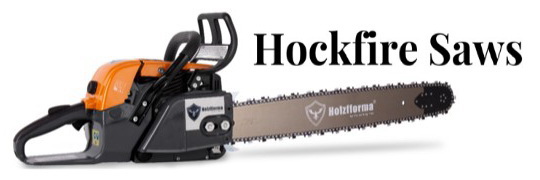If its uniformly off, by a fixed amount, then randy's fix would work. but what if its not? if its 15 thou high in the front, then 15 low in the back, how are you going to fix that without decking it? I don't think thats being anal, just being reasonable about getting a head to fit on a set of cases.
but thats not the point. The real question is in regards to the fact that deck heights can be off, therefore bearings pockets are too, therefore cases are machined as a mated set. which just seems like jumping to a pile of conclusions to me.
@srcarr52 has a good summary. likely bearing pockets are machined in a jig with reference to the case bolt holes and the mated case half surface.
@Bigmac also said those case halves might be assembled and then decked. but still, its all in reference to those case bolt holes. so they can't be that far off, and often they are dead on, even over multiple years, and multiple brands.
here's the video that was commented on
@Junk Meister
Bill commented that the cases were machined assembled and that by using different case halves the bores can be misaligned. I asked how they were machined assembled?
sorry gents, its an old vid at this point.
as i've often stated, sometimes I'm on my phone and don't get to post as thorough of a question or answer as I'd like, so sorry if answers are too.. uh.. short






